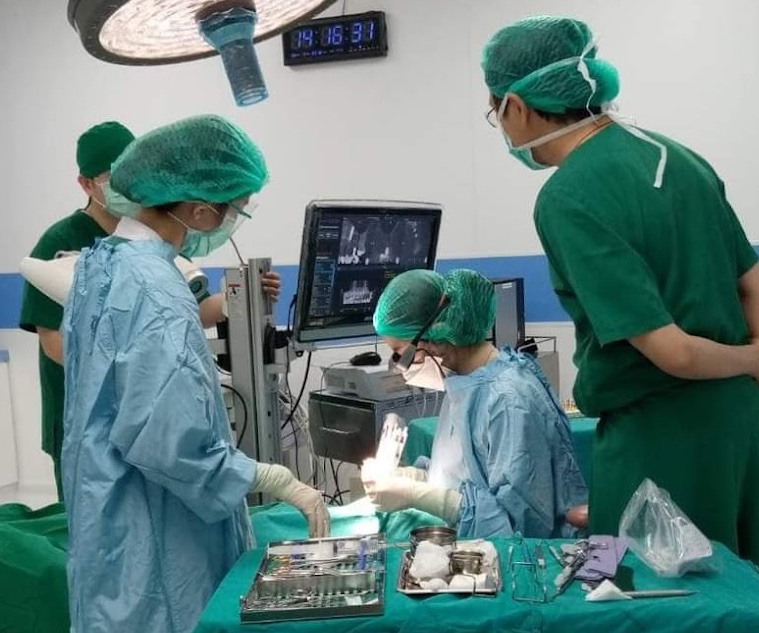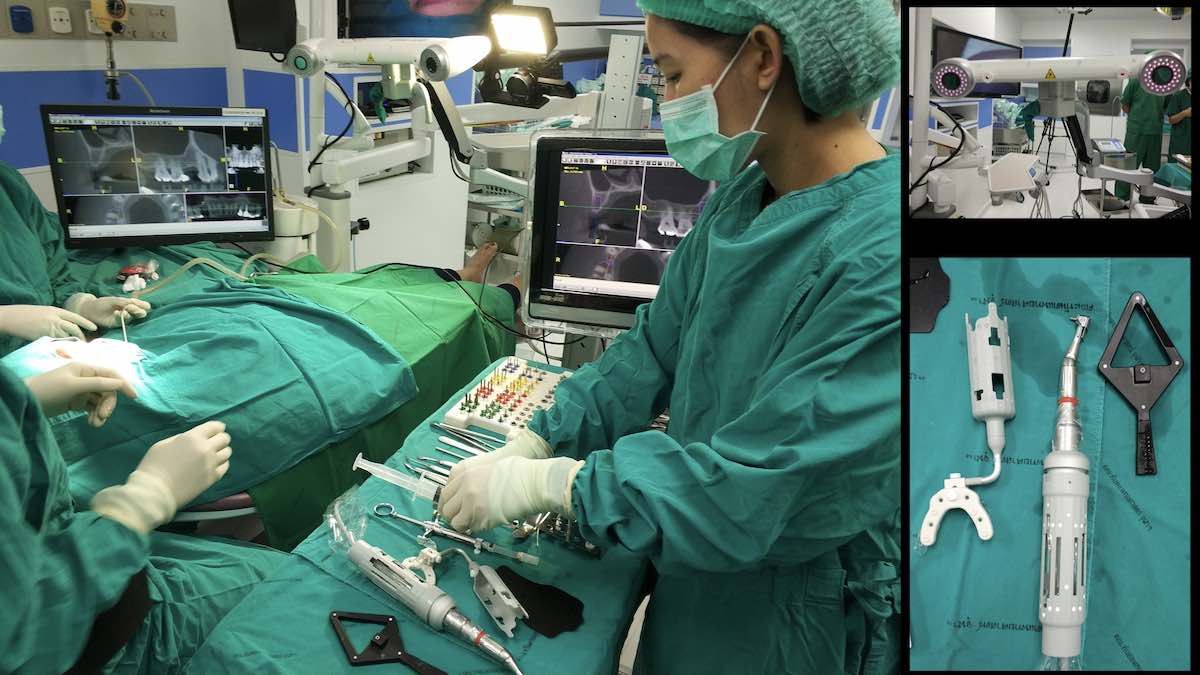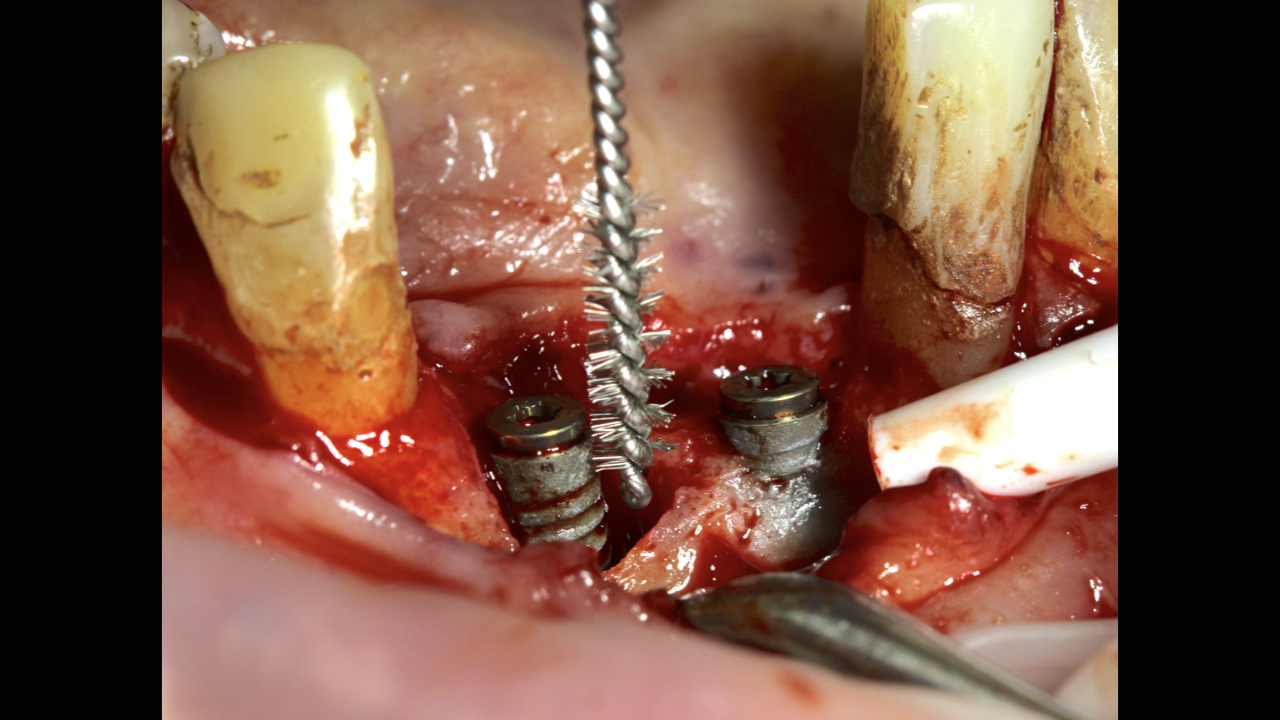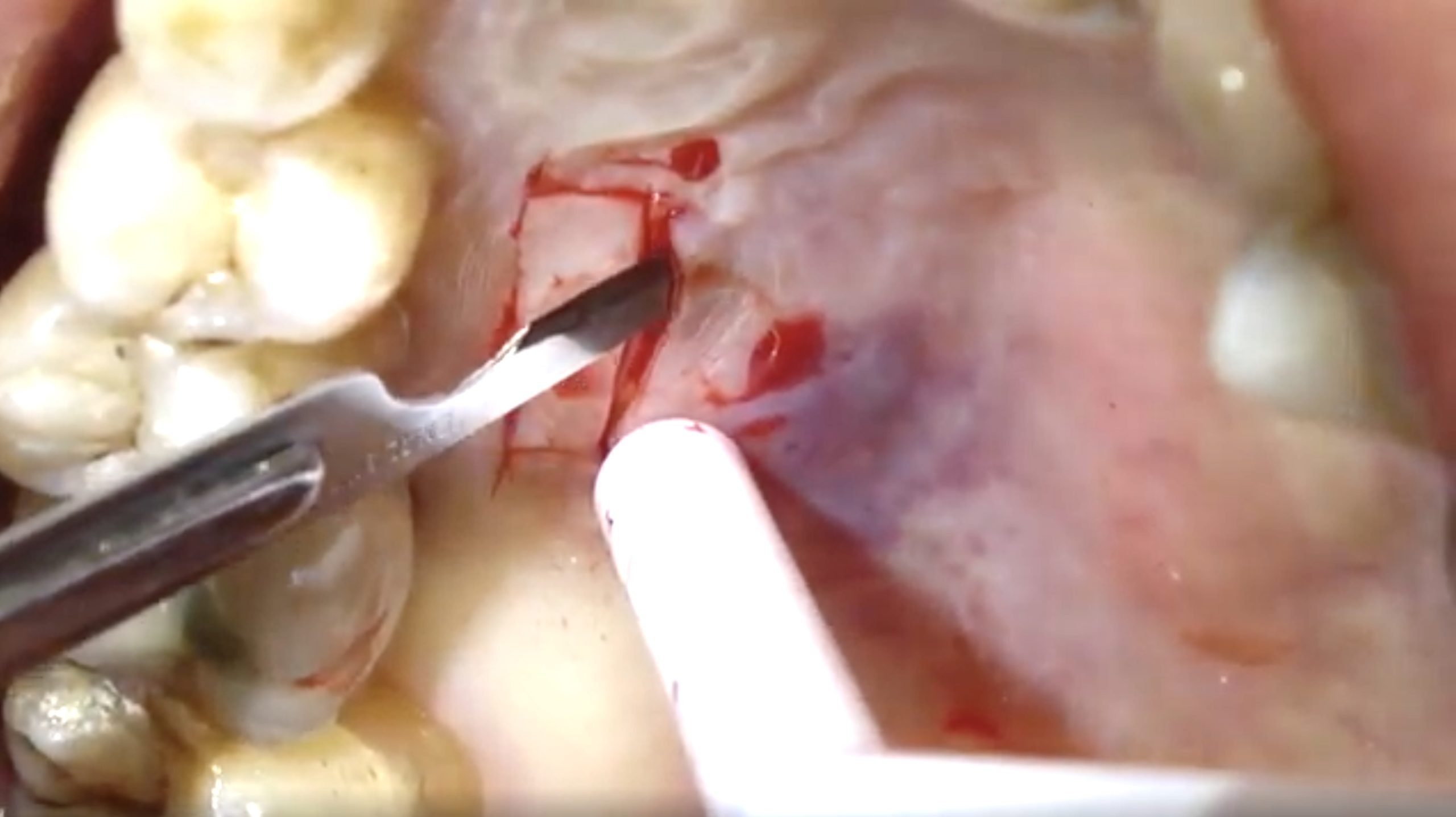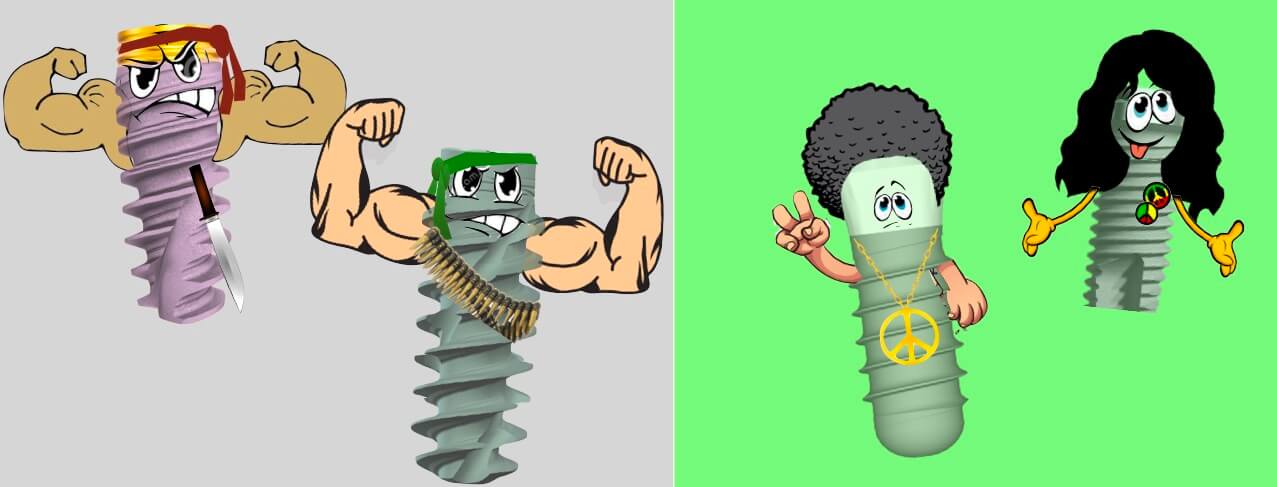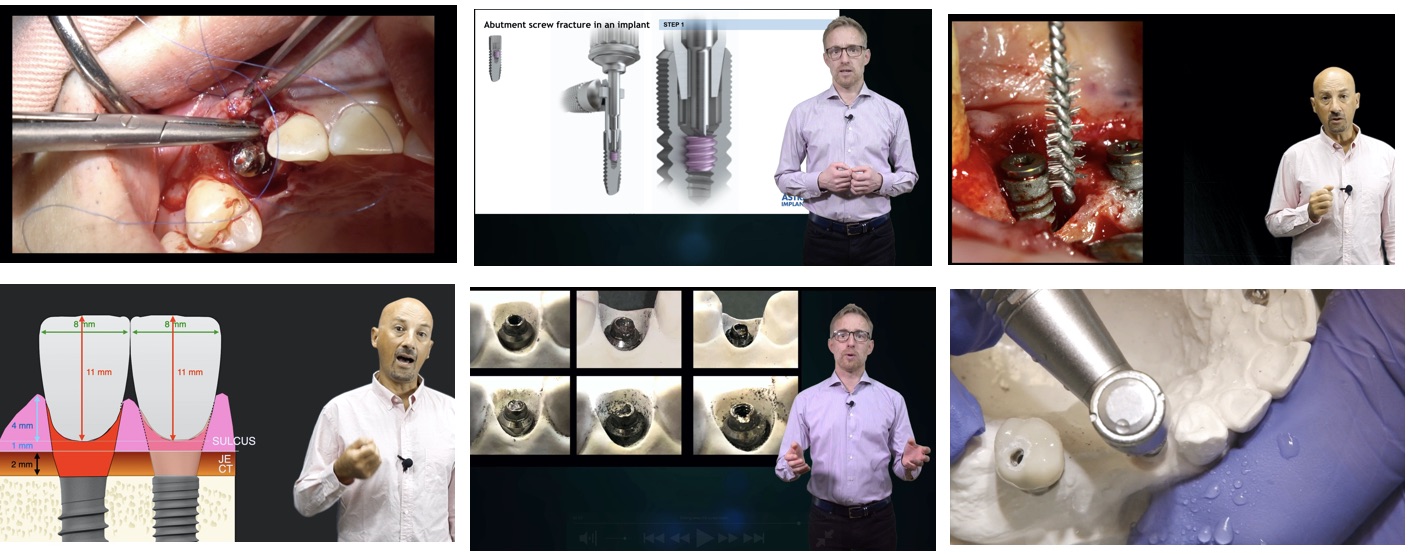Academia: a state of employment or a state of mind?
It is however one of the first macro-trends that will shape the post pandemic world. Having been forced through an unprecedented experience, people have reviewed their lives, re-assessed their values and demand better. Higher Education is no exception, although as an inherently “slow” industry, trends have only now started to become visible and will continue forming long after the dust of the pandemic settles.

At the same time, there is a massively growing disruptive industry outside universities, which is hungry for academic talent and can empower academics to reaching unprecedented impact.
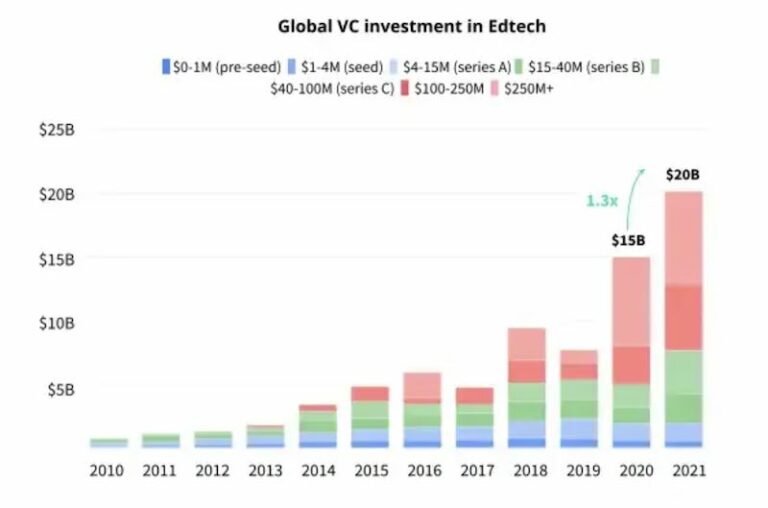
A highly disruptive ecosystem of “extramural” academia is rapidly growing to fill in voids also in professional education and it’s expansion could “suck-in” academic teachers like a black hole. The growing e-learning industry is expected to reach $319 billion by 2029, $49 billion of which is forecasted to be the market share for online courses directed at professional growth and education. Individual academics, professional societies and private enterprise powered by edTech are moving to partnerships with industry targeting a large share of post-graduation education and continuous professional development. Extramural academia is a trend that could challenge many established norms in the near future and competition for academic talent will be fierce – not any longer only among universities.
Hear the latest news first: Subscribe to my newsletter!
Acknowledgements
I’m grateful to my good friends and elite academics, Heiko Spallek, Helen Lockey, Nadeem Karimbux, Marc Tennant, Leonie Short, Will Giannobile, Paul Weigl for their insights and constructive feedback while writing this article.
References
- Nature.com, 2021. Stagnating salaries present hurdles to career satisfaction.
- 2020-21 Dental School Faculty Vacant Positions in United States. Association for Dental Education in Europe. Available at https://www.adea.org/2020-Vacancies
- Carroll-Ann Trotman et al Faculty recruitment, retention, and success in dental academia. American Journal of Orthodontics and Dentofacial Orthopedics
- M. Alrashdan. Career perspectives of senior dental students from different backgrounds at a single Middle Eastern institution. BMC Medical Education. Available at https://bmcmededuc.biomedcentral.com/articles/10.1186/s12909-018-1386-9
- Jeffrey Young, 2019. The Professor Who Quit His Tenured Job to Make Podcasts and Lecture Videos. Edsurge. Available at https://www.edsurge.com/news/2019-01-29-the-professor-who-quit-his-tenured-job-to-make-podcasts-and-lecture-videos.
- Holon IQ. Global edtech venture capital report. Available at: https://www.holoniq.com/notes/global-edtech-venture-capital-report-full-year-2021/
